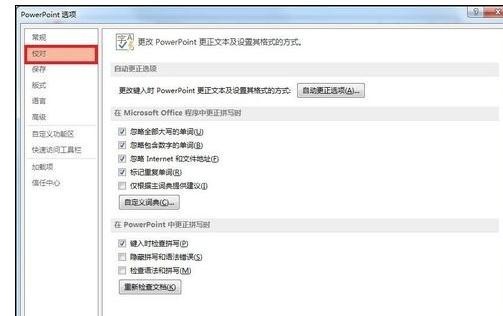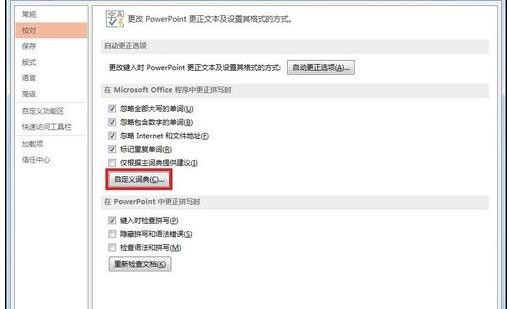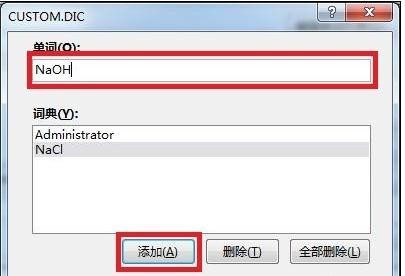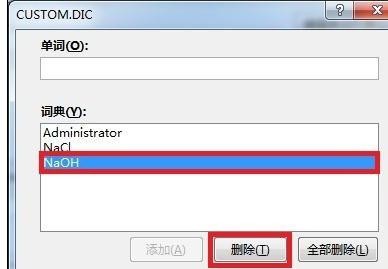
php editor Xigua introduces you to a simple method of setting a custom dictionary in PPT2013. In PPT, custom dictionaries can help users add uncommon words or professional terms to avoid spelling errors. Setting up a custom dictionary only takes a few simple steps: click "File" -> "Options" -> "Proofing" -> "Custom Dictionary" -> "Add" and enter the words you want to add. In this way, you can easily use custom dictionaries in PPT!
1. As shown in the picture, when typing, it is obviously correct, but there are annoying prompts that look very uncomfortable. If you cancel the prompts, it will not be easy to detect if you make a mistake. So make some settings. Click the [File] button in the upper left corner of the PPT.

2. Select [Options] in the sidebar.

3. Click [Proofreading] in the sidebar.

4. Select [Custom Dictionary] on the right.

5. In the custom dictionary dialog box, click [Edit Word List] on the right.

6. Enter commonly used vocabulary and click Add.

7. After adding it, you can see the word in the dictionary list. If it is no longer needed, you can also click to delete it and finally confirm.

8. Return to the work interface. After entering the words added to the dictionary, you will no longer see the annoying red wavy line error prompt. If you can’t just watch and practice the fake moves, hurry up and give it a try.

The above is the detailed content of A simple way to set up a custom dictionary in ppt2013. For more information, please follow other related articles on the PHP Chinese website!




